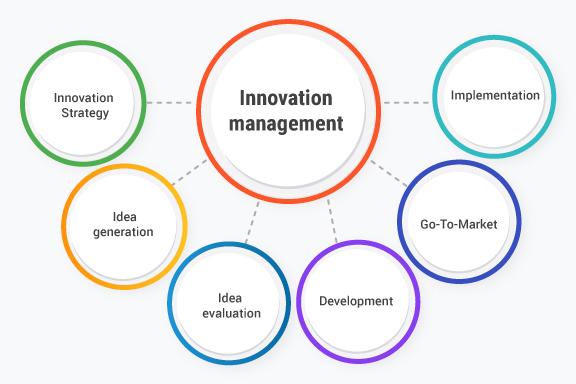The primary models for generating Innovation Management System revenue have evolved significantly, moving decisively towards predictable, recurring income streams that reflect the ongoing value these platforms provide. The dominant revenue model in the market today is overwhelmingly Software-as-a-Service (SaaS), where clients pay a recurring subscription fee, typically calculated on a per-user, per-month basis. This model has replaced the old perpetual license model and has been instrumental in expanding the market by making these powerful tools more affordable and accessible. The SaaS approach provides vendors with a stable and forecastable revenue base, which allows for sustained investment in product development, while customers benefit from continuous updates and lower initial capital expenditure, creating a win-win economic relationship.
This shift to a more stable and scalable revenue model is a key reason behind the market's impressive financial outlook. The entire industry is projected to undergo a significant expansion, with its total market size expected to reach USD 137.14 Billion by 2035. This growth is supported by a strong and consistent compound annual growth rate (CAGR) of 9.8% during the 2025-2032 forecast period. The predictability of SaaS revenue is highly attractive to investors, which has fueled a flow of capital into the sector, enabling companies to scale their sales and marketing efforts to capture the growing demand. The high customer retention rates common with these embedded systems ensure that this revenue base is not just growing but is also highly resilient, providing a solid foundation for the market's long-term health.
Beyond the core software subscription, leading vendors are diversifying their revenue streams to capture more of the customer's "innovation wallet." A major source of supplementary revenue comes from professional services. This can range from one-time implementation and data migration fees to ongoing strategic consulting, where vendors act as expert advisors, helping clients design and run effective innovation programs and build a supportive corporate culture. Another growing revenue stream is premium content and training modules, where customers can pay for access to expert-led workshops, best-practice guides, and certification programs for their innovation managers, creating a valuable educational and revenue-generating ecosystem around the software product.
Looking ahead, the future of revenue generation in this market will be increasingly tied to usage-based and value-based pricing models. Instead of a flat per-user fee, some vendors are experimenting with models where the price is tied to the number of ideas managed or the level of engagement on the platform. The ultimate goal is to move towards value-based pricing, where the cost of the software is directly linked to the measurable business impact it generates, such as the revenue from successfully launched products or the cost savings from implemented process improvements. As vendors become more adept at quantifying and proving their ROI, they will be able to command higher prices and create more sophisticated revenue models that align their success directly with the success of their customers.
Explore Our Latest Trending Reports:



